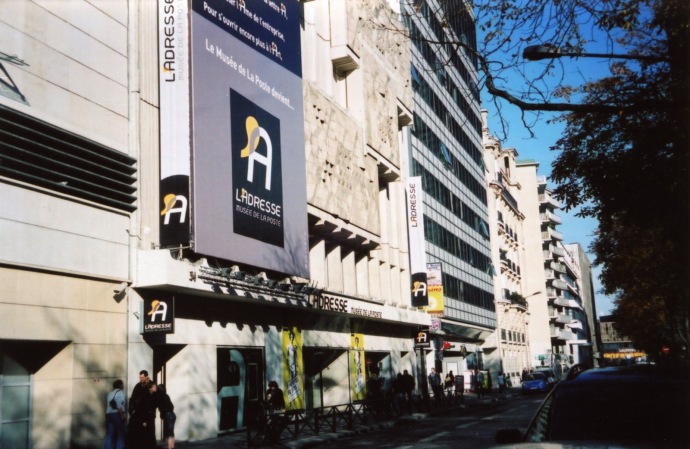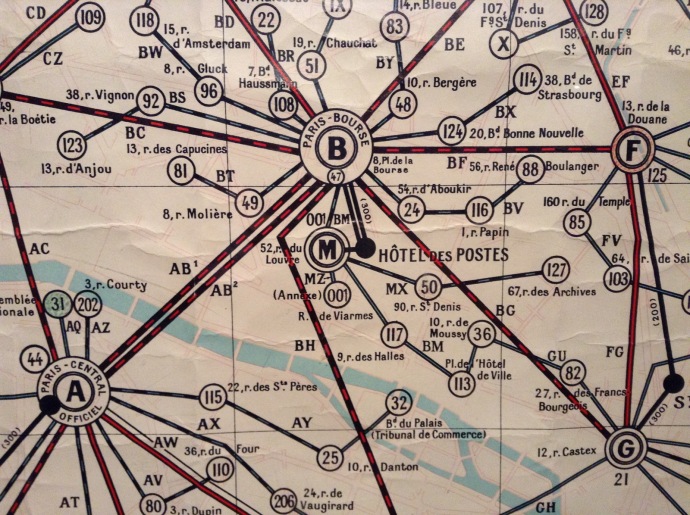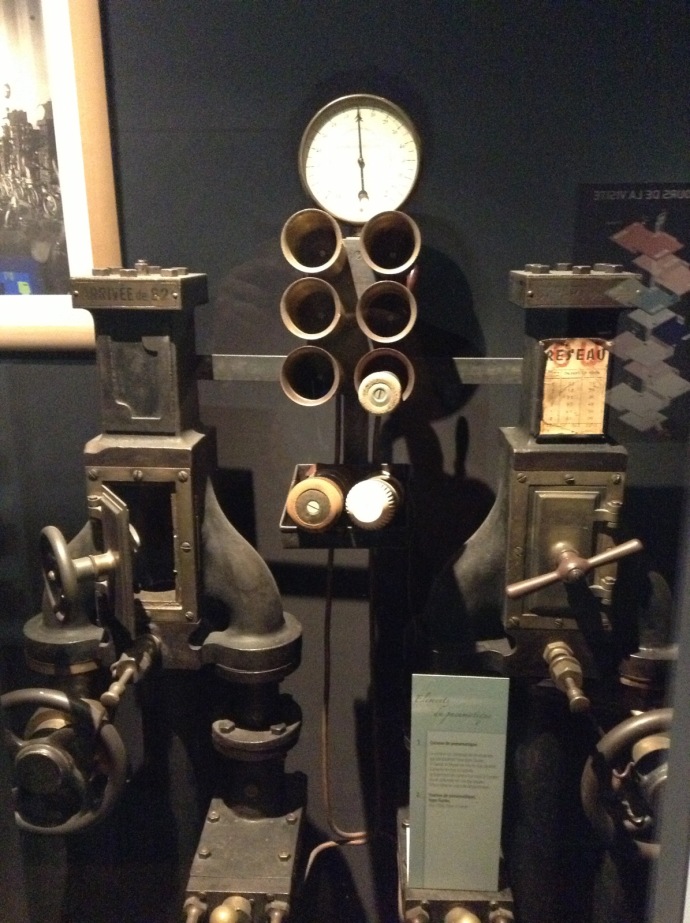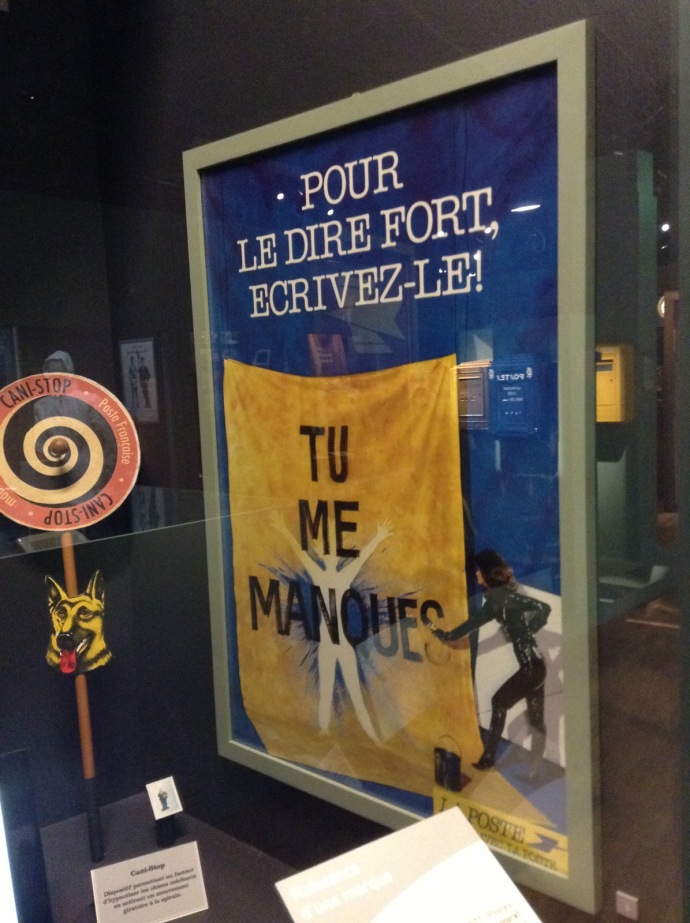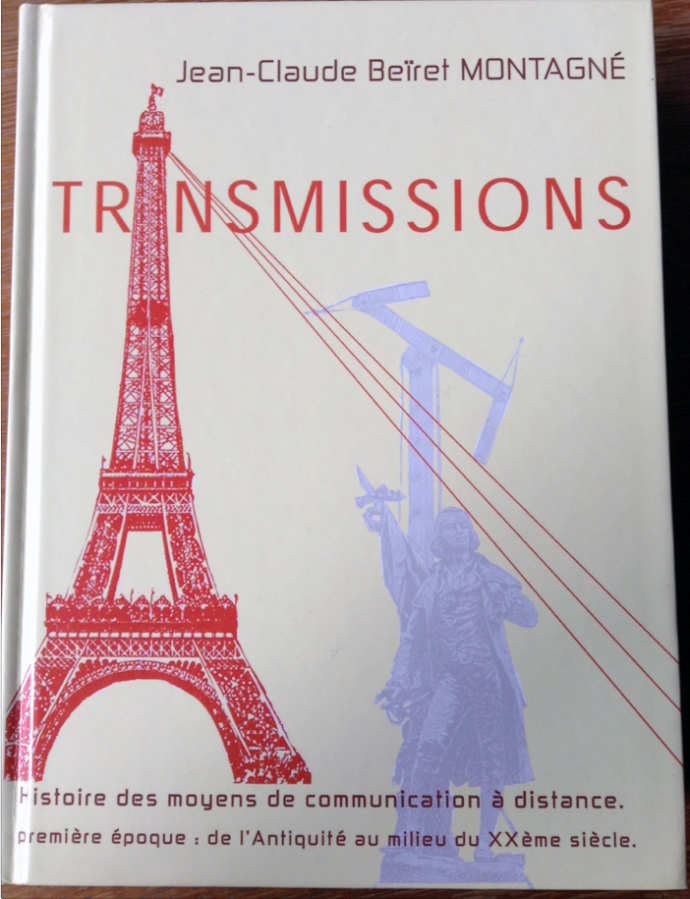As I focus on specific themes for the writing of my first paper, I came back to basics of design fiction / speculative design / critical design. Here is my notes on Bleecker’s essay from 2009.

Source
–––
Bleecker, J. (2009). Design Fiction (pp. 1–49). Near Future Laboratory.
Description
–––
This is the first essay coining the concept of “Design fiction” by Julian Bleecker in 2009. Here is his argumentation:
• Design connects concepts and forms, it crystalizes ideas into shapes. Its objects tell stories—as they can never exist outside an imagined context of uses—they are like conversation pieces around which reflective and speculative discussions can happen. Moreover, it tends to transform existing practices (e.g. financial-design), it could therefore transform the science of fact and of fiction to tell stories differently.
• Bleecker proposes “Design Fiction” as a way to tell thoughtful and speculative stories through designed objects. Those materialized thought experiments are physical instantiations of what could be the next future (sometimes critical ones).
• As a designer working with new technologies, Bleecker believes that imagining and materializing future habitable worlds matters as much as finding effective mechanisms for creating them, without waiting on the usual ways in which the future obtains. Design fiction does just that.
• David A. Kirby’s concept of “diegetic prototype” is mobilized to illustrate how the science of fact and the one of fiction are dependent. As a consequence, usual protoypes are presented as coherent functionally, but they lack a story about what make them matter. The “stories” are what help anchor those near future worlds in a shared imaginary, while the “objects” help move these stories forward, showing what’s promising about them (as Props) rather than fetishizing the object only (as Prototypes).
• Why science and SF? Science fact and science fiction are (not only, but they are) appropriated to knowledge making and circulation about near future. They routinely swap properties :
– Fiction follows fact: As in Jurassic Park strongly based on science experts, or Minority Report collaborating with the MIT (and inspiring back the industry);
– Fact follows fiction: as with Star Wars inspiring Cisco’s hologram. Bleecker also shows how the domain of Ubiquitous computing takes his roots and inspirations from science fiction; he settles on two articles from Genevieve Bell and Paul Dourish.
Those are the reasons why Design fiction is suited to the task of imagining “more habitable” near future worlds through the tangling of science fact, fiction and design.
Comments
–––
I am not interested in the Ubicomp part but I try to isolate criteria necessary to (god) Design fiction and ingredients at the core of this concept.
Quotations
–––
DEFINITIONS
• “Design fiction […] is a conflation of design, science fact, and science fiction. [… that] ties them together into something new. […] materializing ideas and speculations [without the weight of pragmatism]” pp.6
“Why not […] explore possible fictional logics […] in order to reconsider the present.” pp.6
• Design fiction removes “the usual constraints when designing for massive market commercialization” pp.7
• “Design fiction is a mix of science fact, design and science fiction. […] that recombines […] writing and story telling with the material crafting of objects. [… It] creates socialized objects that tell stories […] encouraging the human imagination. […] stories that provoke and raise questions […] about possible near future worlds.” pp.7-8
• Inspired by pp.25: Design fiction explores and makes you think on what is soon probable, it makes “speculations on what the next ‘now’ will be like”.
• “Remember, this is a kind of knowledge-making work.” (suited for research !) pp.41
• The Diegetic Prototype: is “a kind of technoscientific prototyping activity knotted to science fiction film production that emphasizes the circulation of knowledge and ideas. It is like a concept prototype. […] The prototype enlivens the narrative, moving the story forward while at the same time subtly working through the details of itself. […] The diegetic prototype refers to the way that a science fiction film provides an opportunity for a technical consultant to speculate within the fictional reality of the film. [… It is] a necessary component of the story. The film itself becomes an opportunity to explore an idea, share it publicly and realize it, at least in part and with the consistency necessary for film production rather than laboratory production.”
“‘Cinematic depictions of future technologies are actually ‘diegetic prototypes’ that demonstrate to large public audiences a technology’s need, benevolence, and viability. […] I show how diegetic prototypes have a major rhetorical advantage over true prototypes: in the diegesis these technologies exist as ‘real’ objects that function properly and which people actually use.’ [Kirby]” pp.39
• Near Future: “What is near future SF? […] it’s SF […] we, personally can conceive of living through […] this is where you are going. […] it’s almost the diametric opposite of a utopian work; utopias are an unattainable perfection […] You’re meant to think, ‘I could end up there’. […] Posted by Charlie Stross on October 2, 2008 2:14 PM on “Charlie’s Diary” http://antipope.org [http://cli.gs/4S8ndP]” pp.68
THEMES: DEBATE / CONVERSATION / MATERIALIZATION
• Those designed objects “are like conversation pieces […] with the conversations being stories about the kinds of experiences and social rituals that might surround the designed object.” pp.7
• “…ideas are linked to their materialization by enveloping fact with fiction” […] “fiction is able to probe the further reaches of more habitable near future worlds”. pp.15
THEMES: ALTERNATIVE LOOK / CRITIQUE / FUTURE
• “Design fiction is about creative provocation, raising questions, innovation and exploration.” pp.7
• [… These] “provocations are objects meant to produce new ways of thinking about the near future, optimistic futures, and critical, interrogative perspective.” pp.7
• Science fiction, “as Frederic Jameson describes it, ‘defamiliarize and restructure our experience of our own present’” pp.17
• About design fiction’s “object-ideas […] we consider them to be important transition points towards new, more habitable kinds social worlds.” pp.41
• About Ubicomp (appliable to anything else): “Moreover, science fiction not only imagines the context of the Ubicomp future, it presents possible consequences, implications and the inevitable failures of technologies to close the gap between the pitchman’s hype and the actual experience. Science fiction prototypes the concepts” pp.66
THEMES: INNOVATION
• There is no easy way to insert the cultural “implications” into the design practice of technology. Design fiction can tell stories as well as SF, hybridizing design, science, fact and fiction. Paraphrased from pp. 79
• “…K. Dick, Spielberg and Cruise together with a team of prop designers and technical consultants may actually be doing better Ubicomp than Ubicomp researchers at university and corporate research labs do themselves. In fact, […] they just don’t know it.” pp.67
THEMES: DIEGETIC IMMERSION / FACILITATE IDEAS CIRCULATION
• “Science fiction creates prototypes of other worlds. […] Designed objects […] are like artifacts brought back from those worlds in order to be examined.” […] “[These are worlds] because they contain enough to encourage our imaginations, […] filling out the questions, activities, logics, culture, interactions and practices of the imaginary worlds.” pp.7
• “good ideas circulate well when they have a story to go along with them, and a story that is about more than a gadget.” […] The object itself “helps move the story along.” pp.27
• The example of Minority Report: “The story […] fill out the meaning of the clue-construction device, to make it something legible despite its foreignness”. pp.35
• “it becomes apparent that the capability to tell stories […] offers a richer way of materializing these ideas, and circulating them. Providing a broader context by moving the instrument into the background, and bringing people and their stories into the foreground provides a more effective, compelling fiction.” pp.37
• “Whereas ‘design’ might typically highlight the object itself, outside of its dramatic context […] on a photographer’s silk pillow, demonstrating its vague, latent power absents its engagement by people and their practices.” pp.37
• “Fact becomes useful as a way to enliven fiction; fiction becomes a useful example and index for describing fact.” pp.63
CRITERIA
• “good ideas circulate well when they have a story to go along with them, and a story that is about more than a gadget.” […] The object itself “helps move the story along.” […] Design fiction aspires at stories “that involves people and their social practices rather than fetishizing the object and its imagined possibilities.” pp.27
• “it becomes apparent that the capability to tell stories […] offers a richer way of materializing these ideas, and circulating them. Providing a broader context by moving the instrument into the background, and bringing people and their stories into the foreground provides a more effective, compelling fiction.” pp.37
›› Cursor 1: A prototype with use cases along -•———•+ A story with a proto. along
• The example of Minority Report: “The story […] fill out the meaning of the clue-construction device, to make it something legible despite its foreignness”. pp.35
›› Cursor 2: Enigmatic / foreign object -•–––•+ Legible / trivial object
References (if his shortlink don’t work, click them in his PDF in the bibliography)
–––
• W. H. G. Armytage. 1968. Yesterday’s tomorrows: a historical survey of future societies. http://cli.gs/RJZV48.
• Joseph J. Corn, Brian Horrigan, and Katherine Chambers. 1984. Yesterday’s tomorrows : past visions of the American future. http:// cli.gs/sXLqEt.
• Fredric Jameson. 2007. Archeologies of the Future: The Desire Called Utopia and Other Science Fictions. http://cli.gs/GMH2EH.
• “Progress versus utopia, or, can we imagine the future?” in Frederic Jameson’s “Archeologies of the Future” http://cli.gs/GMH2EH] (defamiliarize the present)
• David A. Kirby. Future is Now: Diegetic Prototypes and the Role of Popular Films in Generating Real-World Technological Development. Social Studies of Science (forthcoming, Summer 2009). http://sss.sagepub.com/content/40/1/41.abstract
• Eugene Thacker. 2001. The Science Fiction of Technoscience: The Politics of Simulation and a Challenge for New Media Art. Leonardo 34 (2):155-158 http://cli.gs/nJnY9m.
–––
• Gibson – Cyberpunk manifesto
• Sterling – Mirrorshades
• Paul Dourish, and Genevieve Bell. 2009. Resistance is Futile: Reading Science Fiction Alongside Ubiquitous Computing. Personal Ubiquitous Computing (forthcoming) http://cli.gs/mQ4yZA.
• Genevieve Bell, and Paul Dourish. 2007. Yesterday’s tomorrows: notes on ubiquitous computing’s dominant vision. Personal Ubiquitous Computing. 11 (2):133-143 http://cli.gs/XS36Mn.
• Anthony Dunne, and Fiona Raby. 2001. Design noir : the secret life of electronic objects. http://cli.gs/LW3N0B. William Gibson. 1984. Neuromancer. http://cli.gs/LW3N0B
–––
List of the references he makes on science fiction/fact swapping properties
• Mark Hansen and Ben Rubin. ……… The listening post [http://cli.gs/puZArT]
• Tom Sachs: Space Program. 2009. http://cli.gs/jMNLn7.
• 2001: A Space Odyssey / The Mummy Returns / The 6th Day / Monkeybone. April 2001. Cinefex (86) http://cli.gs/hNMLyJ.
• Jurassic Park. August 1993. Cinefex (55) http://cli.gs/LP5zYh.
• Minority Report / Men in Black 2 / Reign of Fire. October 2002. Cinefex (91) http://cli.gs/un3YDA.
• Byron Haskin. 1955. Conquest of Space. USA. http://cli.gs/uSn5aS.
• Michael Horn. 2008. Death Star Over San Francisco. http://cli.gs/mmBtgN.
• Julian Jones. 2007. How William Shatner Changed the World. http://cli.gs/tUJs1d.
• Franz Joseph. 1975. Star Trek Star Fleet Technical Manual. http://cli.gs/rduvjm.
• Floris Kaayk. 2005. The Order Electrus. http://cli.gs/yXRqYu.
• ———. 2006. Metalosis Maligna. http://cli.gs/R3TSSD.
• Christopher Nolan. 2008. The Dark Knight. http://cli.gs/L8ZhPv.
• Irving Pichel. 1950. Destination Moon. USA. http://cli.gs/uSn5aS.
• Sascha Pohflepp. BUTTONS: Between Blinks & Buttons — “Blind Camera” 2006. Available from http://cli.gs/9dSp6D.
• Ridley Scott. 1982. Blade Runner. http://cli.gs/XDdLNR.
• ———. 1999. Distraction. http://cli.gs/6mRaY6.
• ———. 1998. Maneki Neko. http://cli.gs/mhQXN8.
• Wim Wenders. 1991. Until the End of the World. http://cli.gs/We1Szt.


